
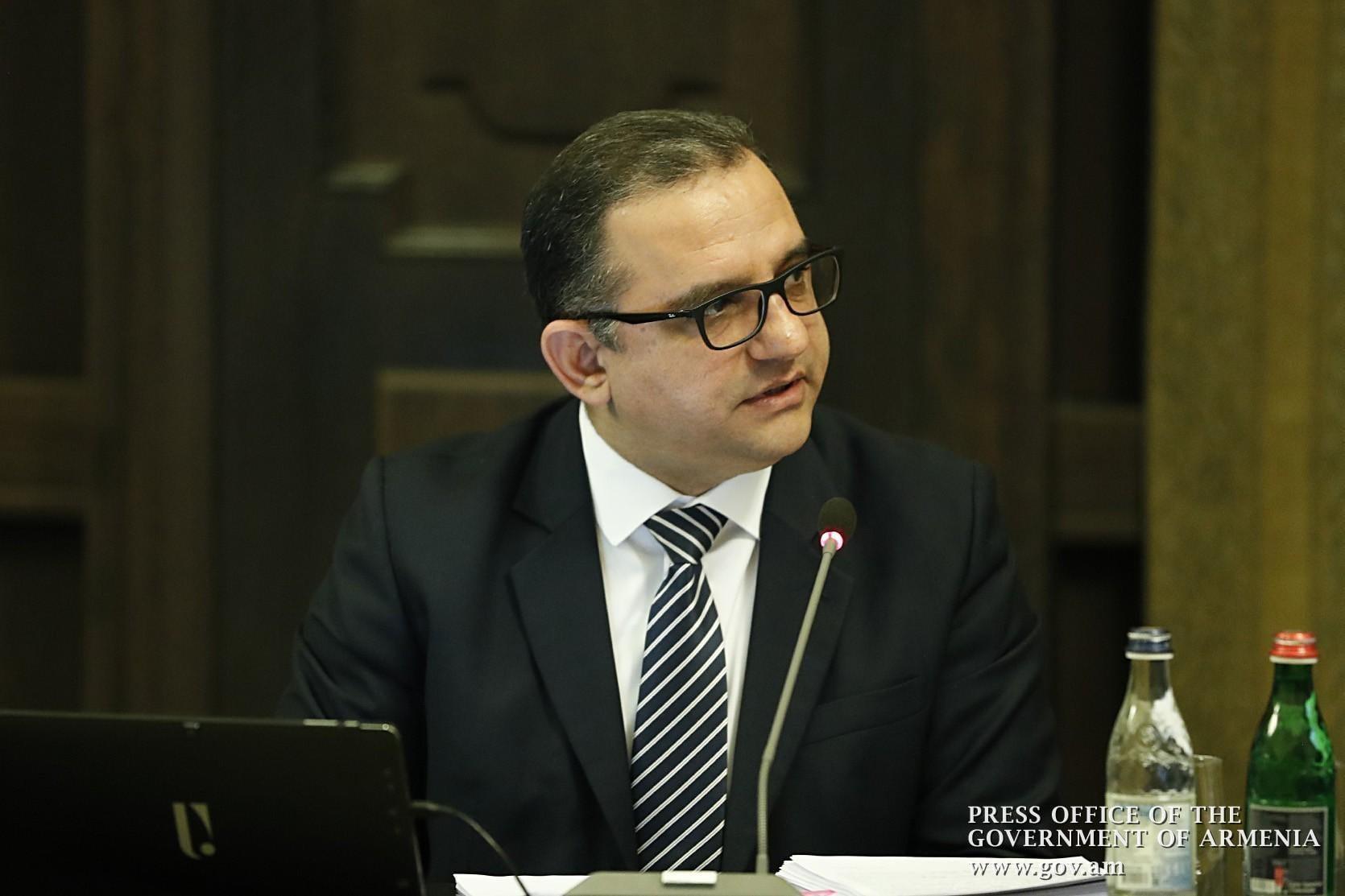
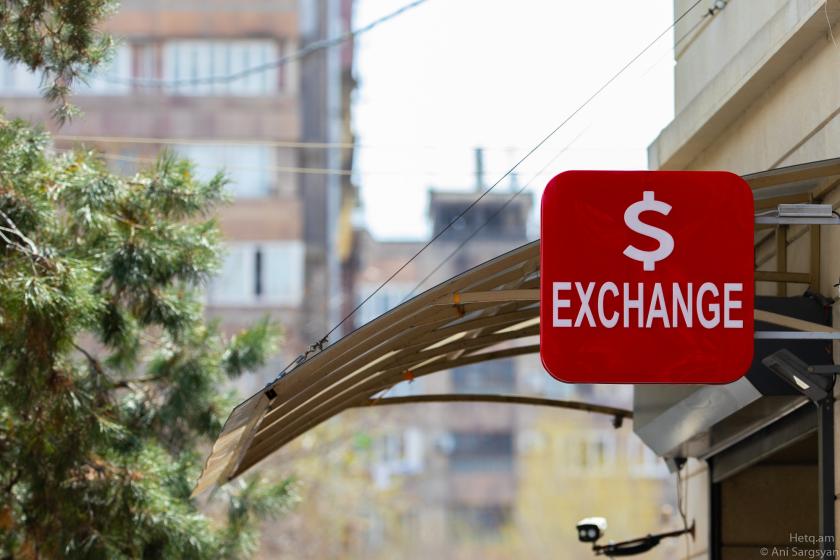
Russia remains the main source of remittances to Armenia even though its share has decreased significantly over the past ten years.
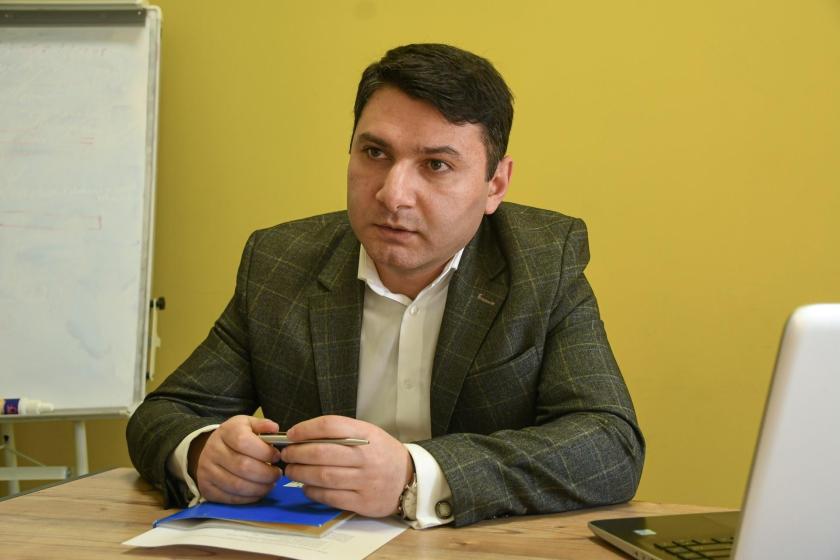
Haykaz Fanyan, Director of the Yerevan-based Armenian Center for Socio-Economic Studies (ACSES), believes that Armenia can indirectly benefit from the financial sanctions imposed by the West on Russia after that country invaded neighboring Ukraine.
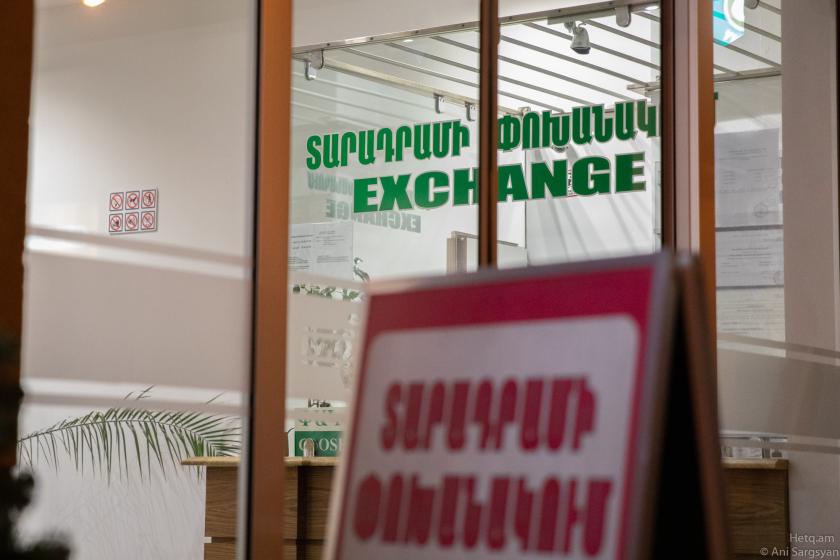
It goes without saying that the unfolding Russia-Ukraine conflict and the economic sanctions imposed by the West on Russia will impact Armenia’s economy.

Armenia’s national (government) debt rose to US$9.226 million by the end of 2021, an increase of $1.257 billion (15.8%) over the previous year.
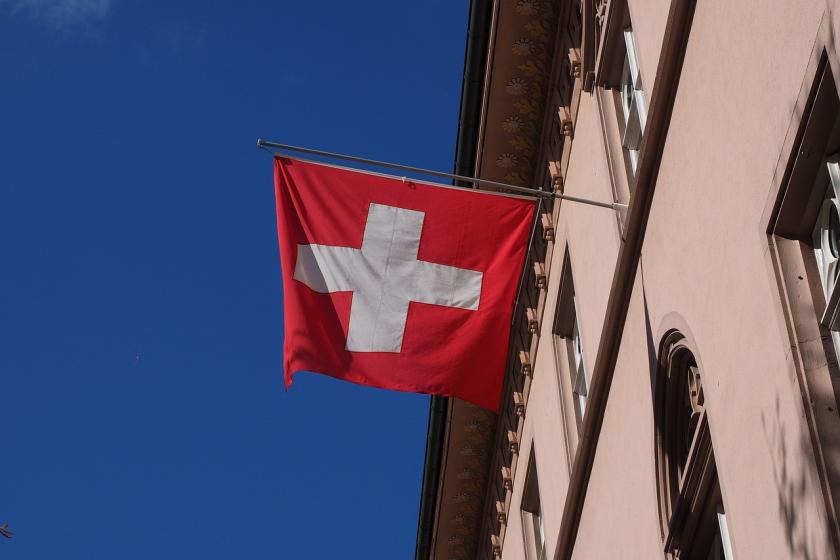
Individuals transferred some US$157 million in 2020 when compared to US$28 million in 2017.
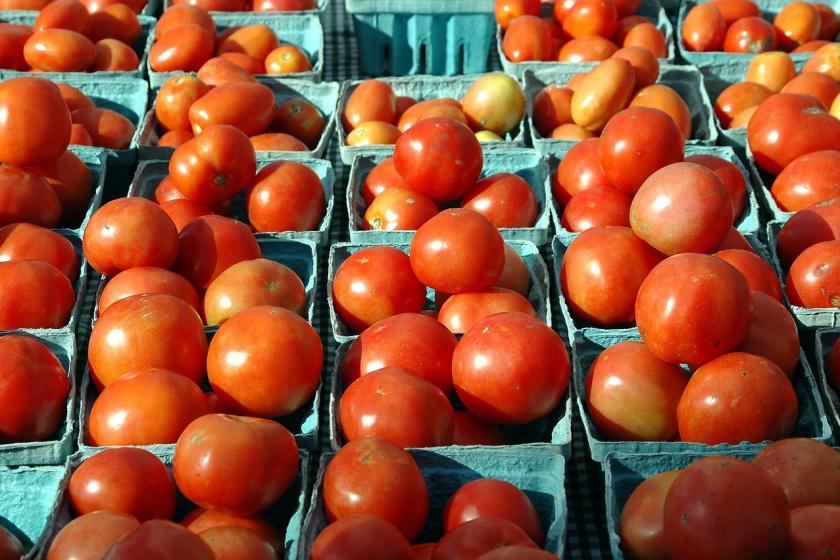
Emil Stepanyan, co-founder of Export Armenia, an association that represents local exporters in Armenia, today said Pashinyan’s government must take specific steps to protect domestic producers since Turkish imports are no longer banned.
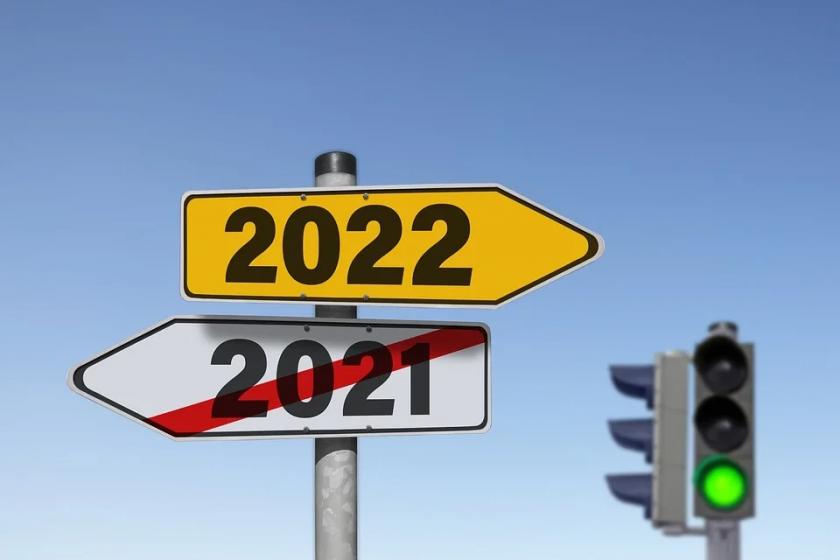
According to amendments adopted in 2019, the income tax rate will be gradually reduced to 20% by 2023.
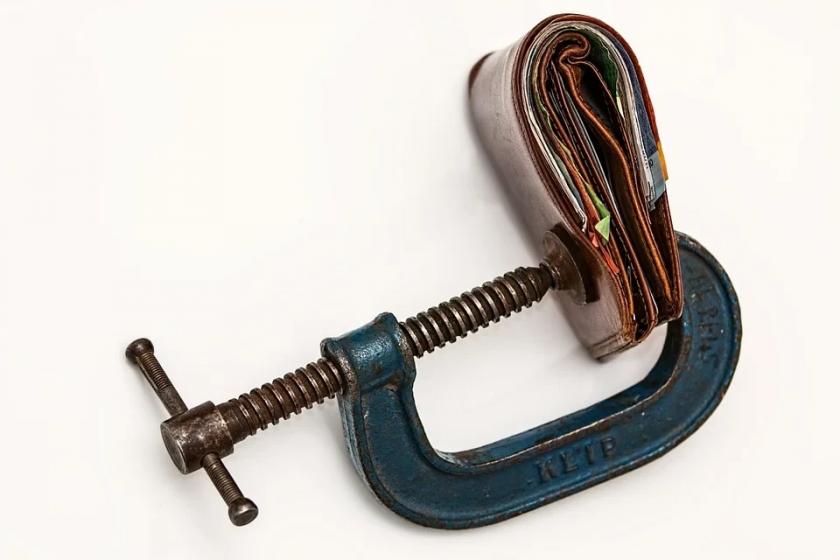
26.5% (581 billion AMD) of Armenia’s 2022 budget will be spent on social protection programs, notably old-age pensions, family benefits, etc.

This is up from the 3.4% growth rate it forecasted in April of this year.
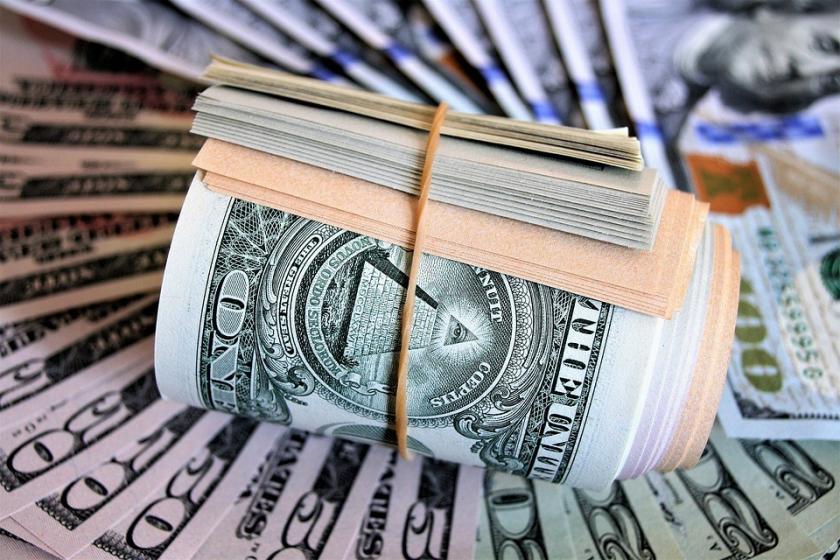
During the first six months of 2021, Armenia’s state debt increased by US$901 (%11.3) million to reach $8.869 billion by the end of June.

Acting Armenian Economy Minister Vahan Kerobyan, in an interview with Hetq, claimed that living standards have improved in the country under the Pashinyan government, arguing that incomes have increased by 35%.
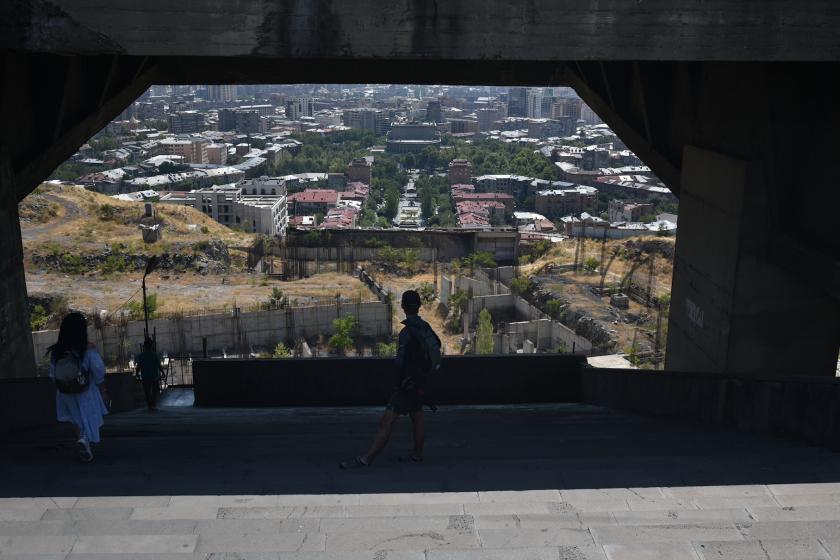
According to previous WB estimates published in January this year, economic growth in Armenia was projected at 3.1% in 2021, 0.3 percentage points lower than the new forecast.

Former Armenian President Levon Ter-Petrosyan, running on the Armenian National Congress (HAK) for the post of prime minister, has declared US$2,010 in cash and a yearly income of 12.5 million AMD ($24,000), mostly from his pension.
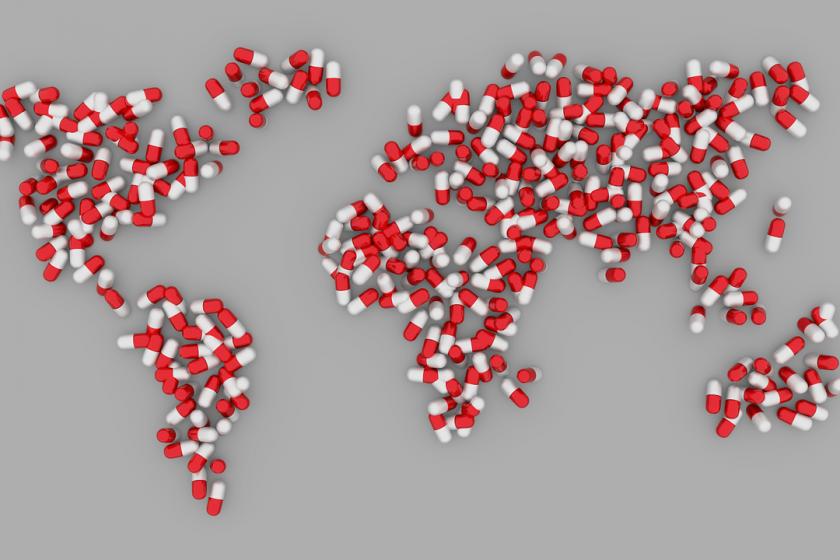
Three companies imported 60.3% of all drugs imported to Armenia in 2019.
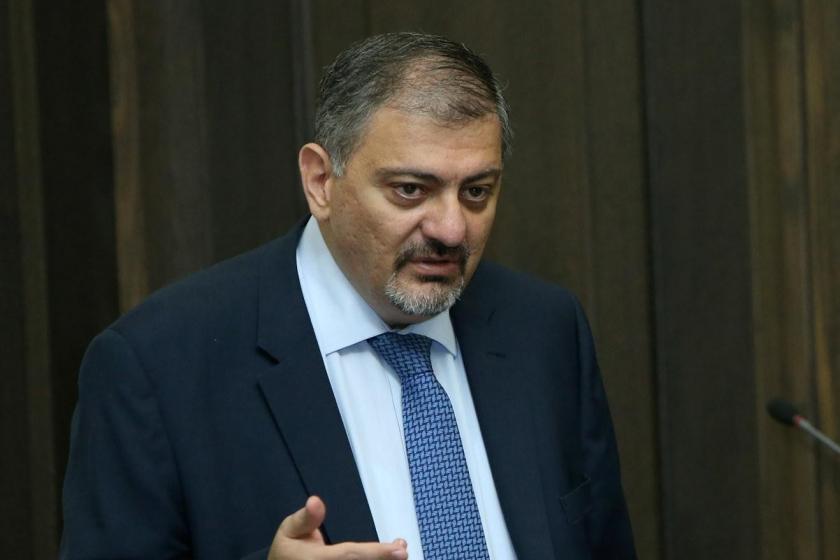
Former Armenian Deputy Prime Minister Vache Gabrielyan, during a conversation with Hetq, said that Armenia needs a very widespreadCovid-19 vaccination program to ensure economic growth this year.

According to the latest data published by the Central Bank of Armenia (CBA), as of the end of February 2021, Armenia's international reserves amounted to $3.185 billion.
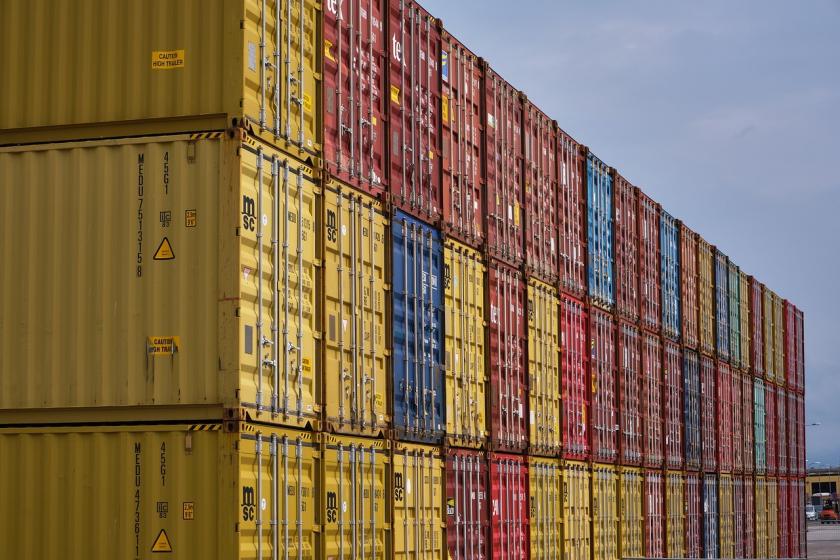
The largest product group exported from Armenia is ore, mainly copper concentrate and molybdenum concentrate.

2020 was a year of decline for both the entire Armenian economy and foreign trade. The export and import of Armenian goods have been reduced in a number of sectors.

Armenia continues to serve as a transit country for drug smugglers despite the coronavirus border restrictions imposed last year.
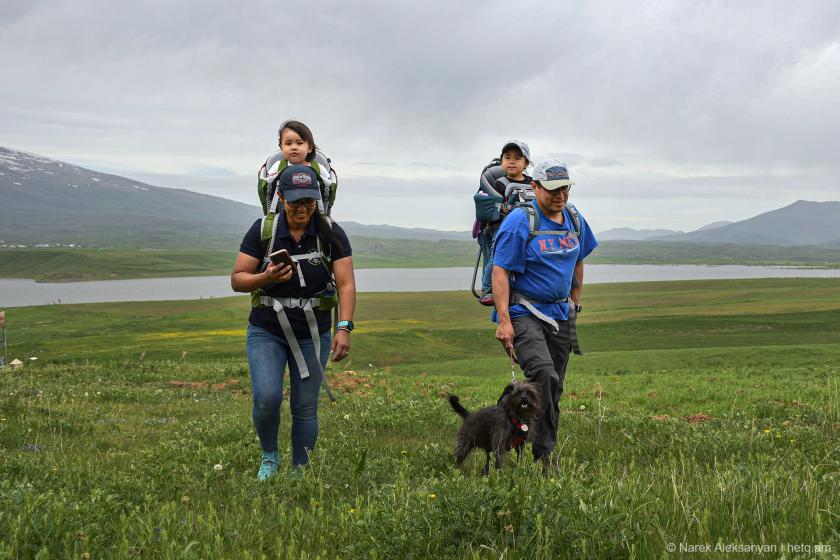
First, it was the coronavirus and closed borders. The summer saw a slight uptick in tourist numbers, but this was short-lived due to the September war in Artsakh.

The mining complex’s enrichment plant remains in Armenian hands, but the pumping station is now in territory controlled by Azerbaijan. The mine cannot operate without it.

In the first 10 months of 2020, Armenian state budget tax revenues amounted to some 1.135 trillion drams, a 5.2% (62 billion drams) drop from the same period in 2019.
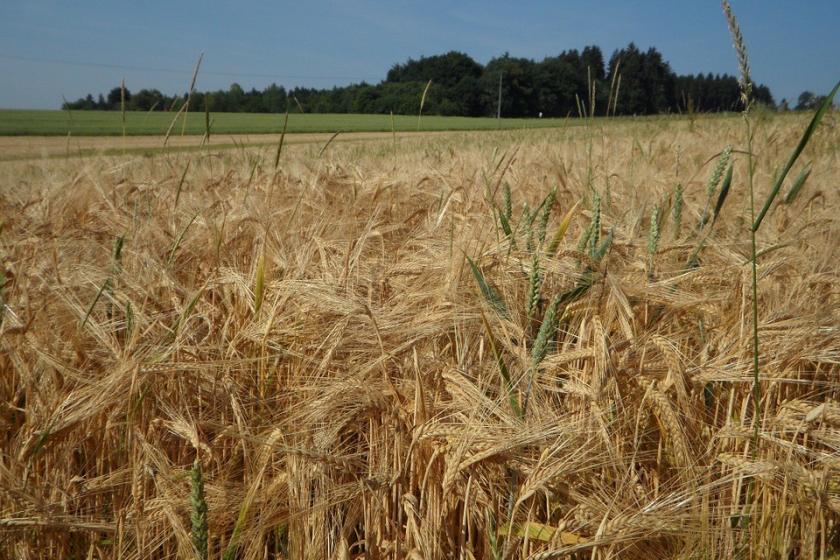
Prior to the recent Karabakh war, Harutyun Mnatsakanyan cultivated 200 hectares of arable land in the Kashatagh region of Artsakh, growing organic legumes and rye.
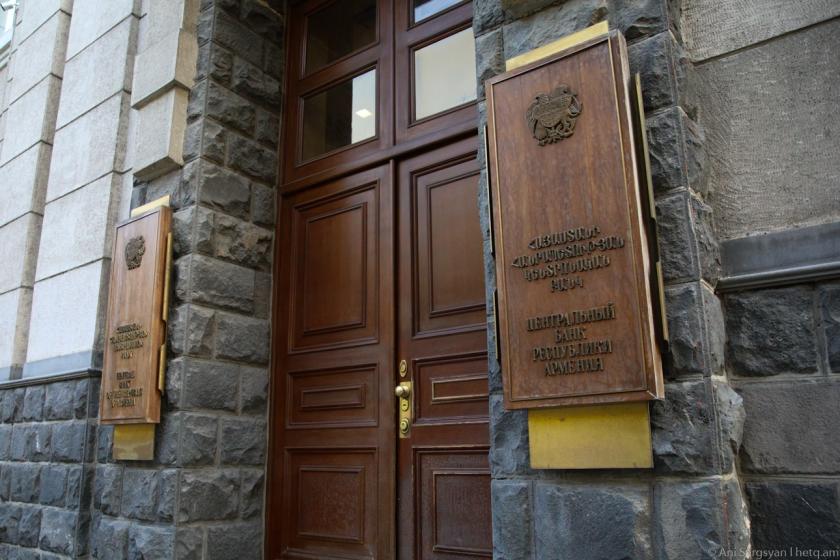
Concerned over the increasing devaluation of the Armenian Dram vis-à-vis the US Dollar, the Central Bank of Armenia (CBA) today announced it will intervene in the foreign exchange market.
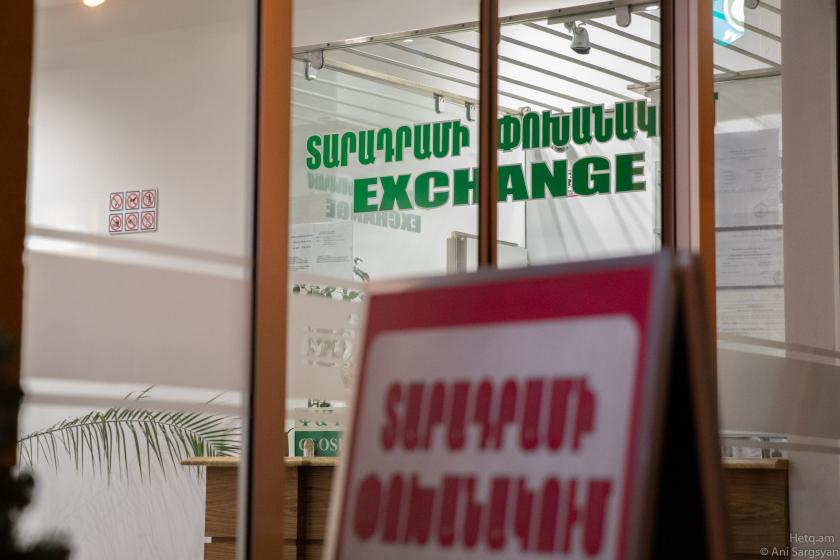
The Armenian dram continues its downward spiral relative to the US dollar.

While several Armenian communities outside Armenia have called for a boycott of Turkish goods, some of which are sold in retail stores owned by Armenians, Turkish-made goods are still available in Armenia, even though some stores have puled such item
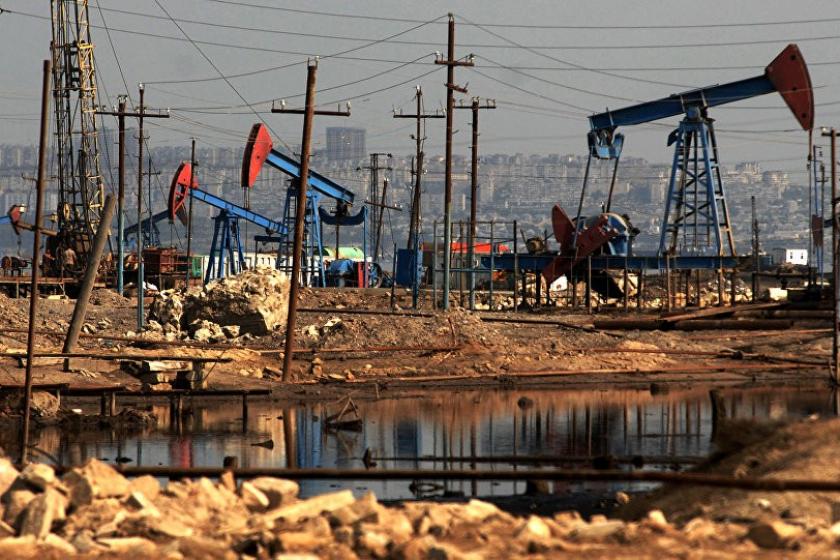
Despite its rich oil and gas reserves, Azerbaijan's economy is not considered developed today. It is not diversified.
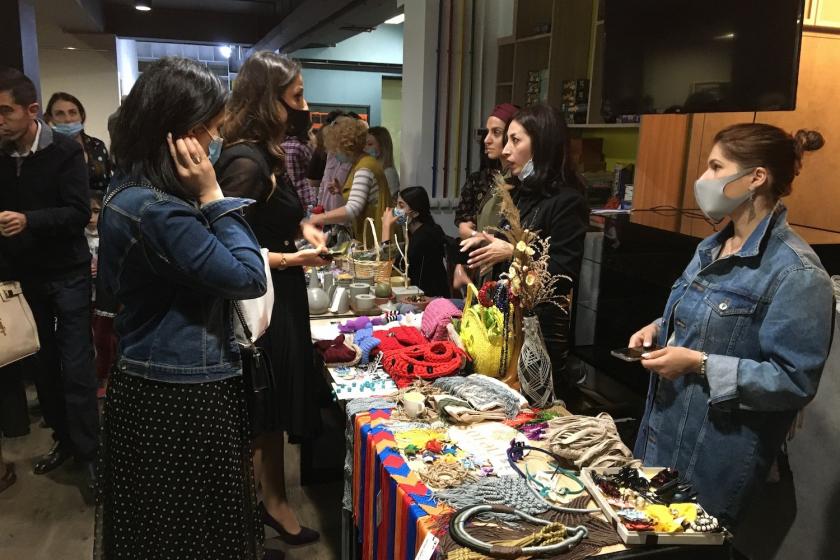
Fifty women are involved in the production process. Khachatryan emphasizes that when hiring, she gives priority to people with disabilities.

Turkish-made products are displayed on social networks and people are being urged to refrain from buying them while shopping and to choose locally made alternatives if available. A petition was also organized to boycott Turkish goods.
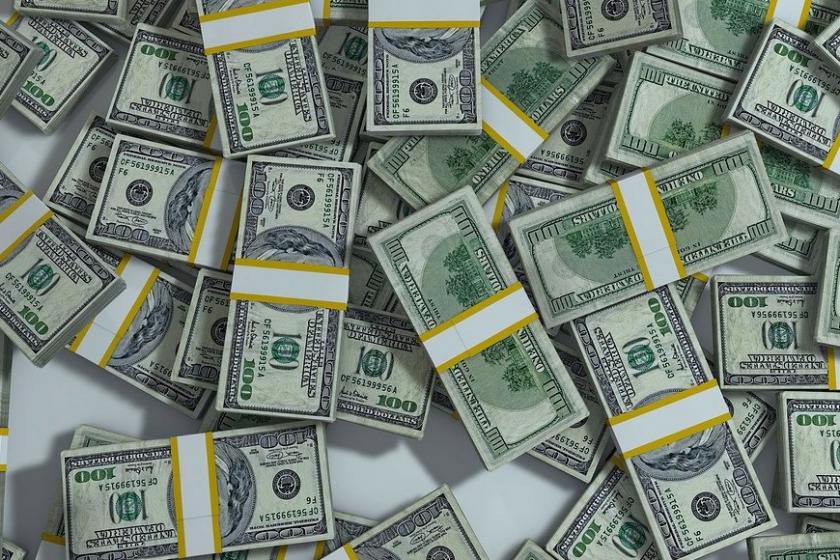
Armenia’s national debt, how much the government owes it creditors, rose by US$30 million in August and now stands at $7.967 billion.
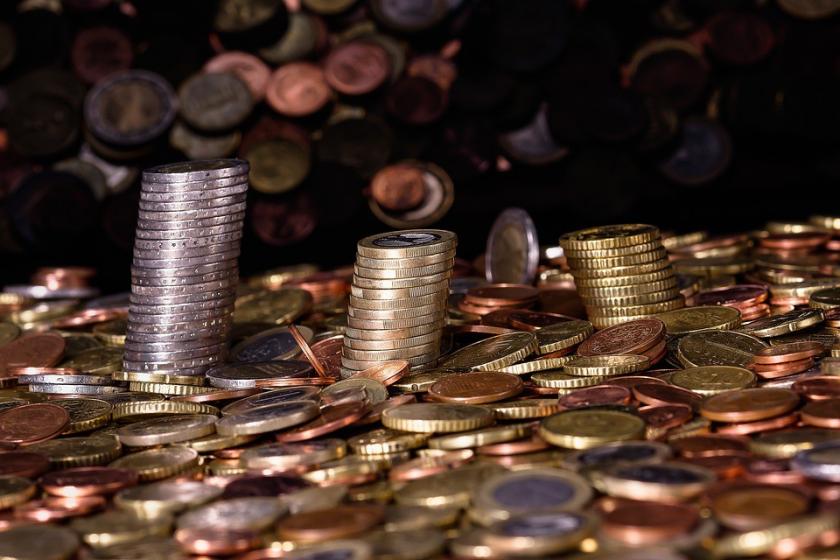
Jrbashyan stressed that Armenian government must pay primary attention to capital expenditures and monetary policy.
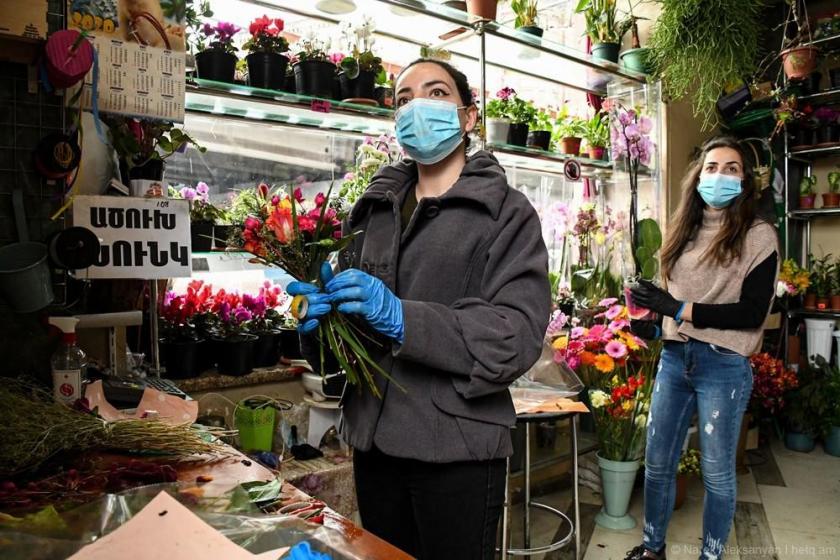
The 3.9% economic growth registered in Armenia in the first quarter of this year was followed by a sharp decline in the second quarter.
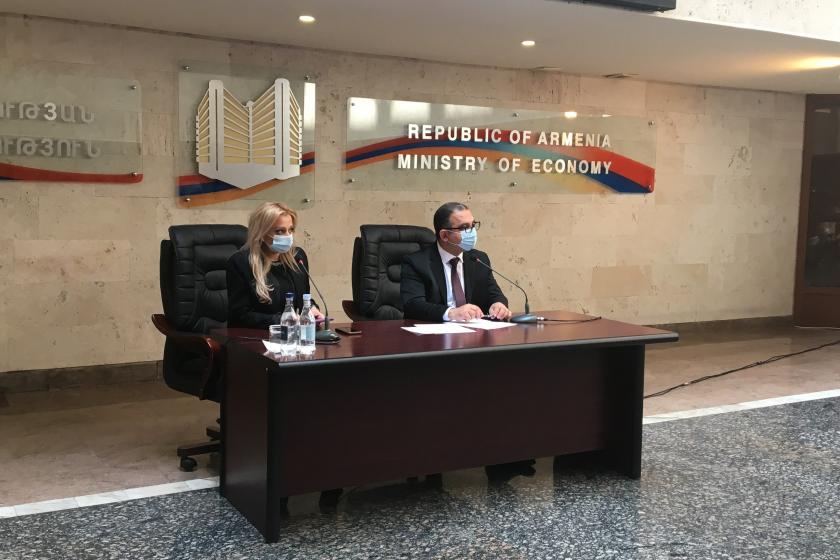
Talking with reporters today in Yerevan, Khachatryan said the economy will register positive trends in the third and fourth quarters of the year to offset earlier downturns.

Armenia’s State Revenue Committee (SRC) today stated that it has recovered 1.640 billion drams ($3.381m) in tax revenues lost via tax violations (tax evasion, improper accounting, low wage records, etc.).
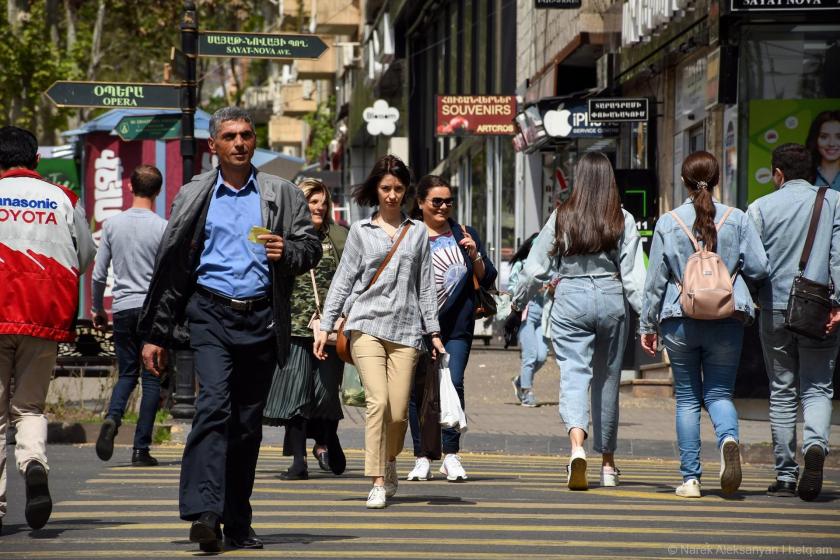
The researchers also tried to find out what level of education the unemployed have. It turned out that unemployed women are more educated than men.
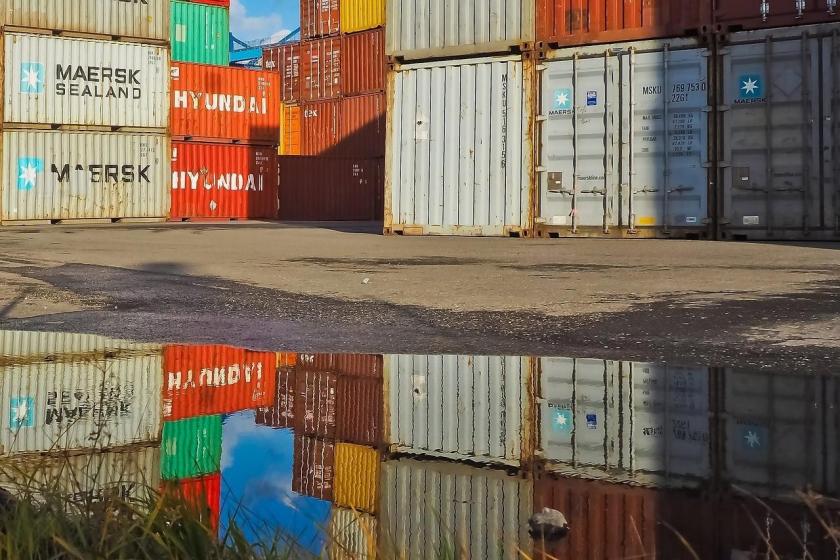
Armenia’s foreign trade volume in the first half of this year (January-June 2020), amounted to US $3.1 billion, a dip of 10.7% when compared to the same period in 2019.
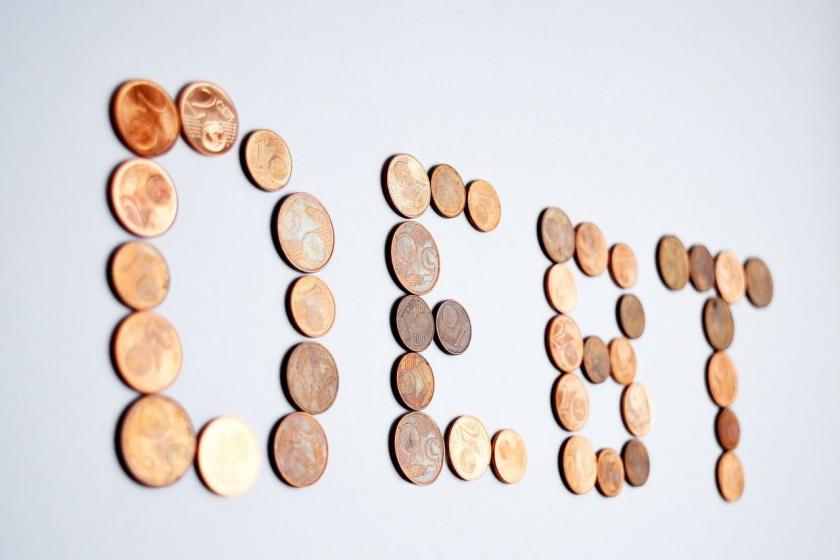
Armenia’s Ministry of Finance reports that the total public debt increased by $5.9 million or 0.08% in June.
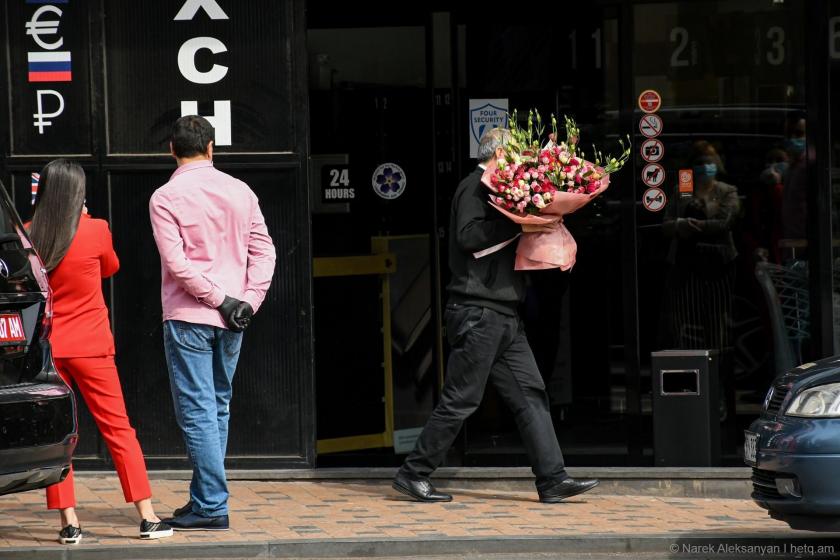
In May of this year, compared to the same month in 2019, Armenia's Economic Activity Index (EAI) decreased by 12.8%.

The Armenian government is planning to launch a universal income filing system, requiring citizens to periodically submit income disclosures to tax authorities.
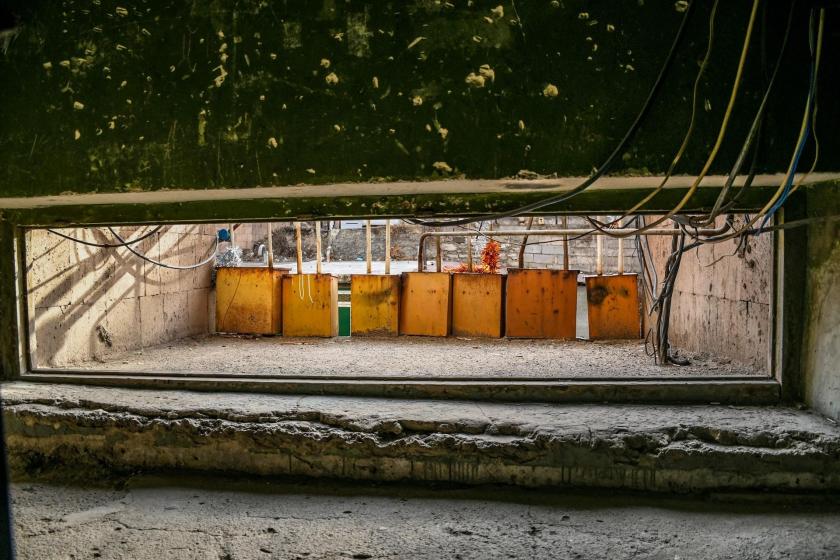
Armenia’s Public Services Regulatory Commission (PSRC) today decided not to raise natural gas prices for most individual consumers.

In April of this year, the number of registered workers receiving wages in Armenia decreased by 74,359 (12%) when compared to the previous month.
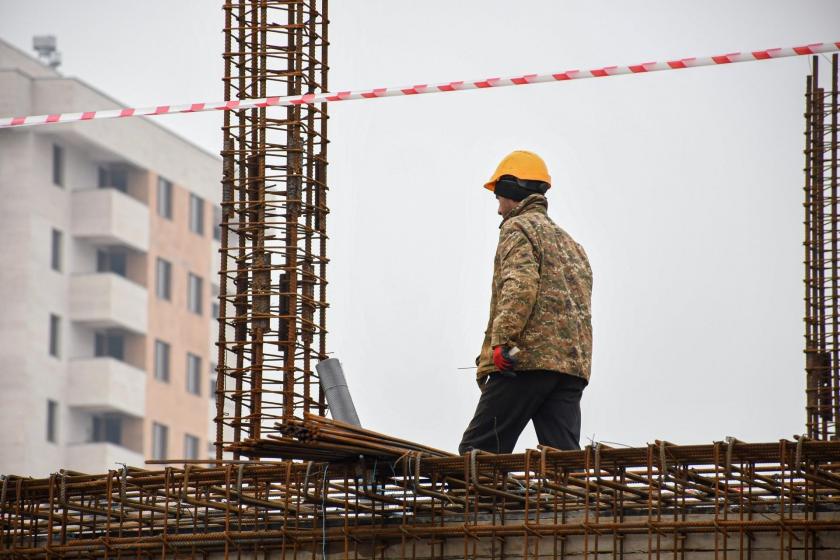
Armenia’s Economic Activity Index (EAI) dipped 17.2% in April, when compared to the same period last year, according to the country’s Statistical Committee.

In the last two years, up to six tons of gold (including gold powder - platinum galvanic coating) has been exported from Armenia annually. It is exported in the form of a doré alloy, part of which is silver. It is exported by GeoProMining Gold LLC.
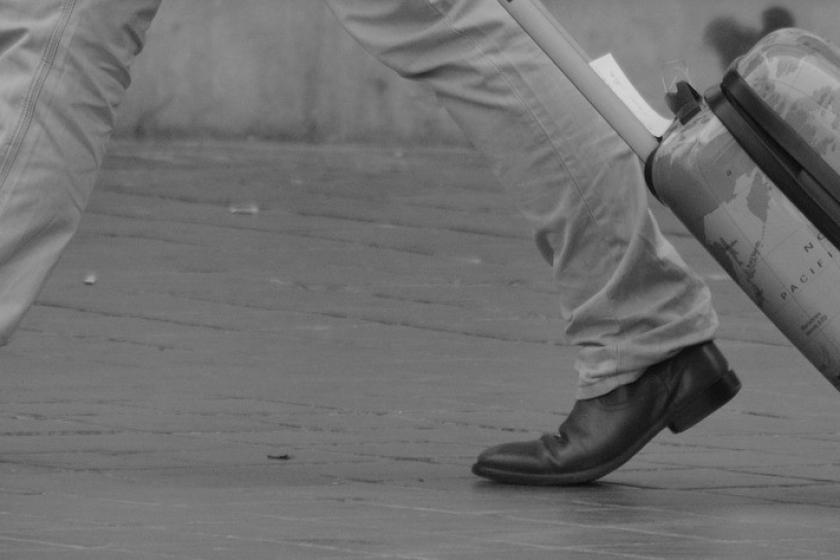
The amount transferred in the first quarter of this year amounted to US$354 million, a decrease of $38 million.

Armenia’s Statistical Committee reports that the number of tourists traveling abroad from Armenia in the first quarter of 2020 is also down when compared to 2019.

The Armenian government has decided to open retail businesses in the country starting on Monday, May 4, except for shopping malls and supermarkets.
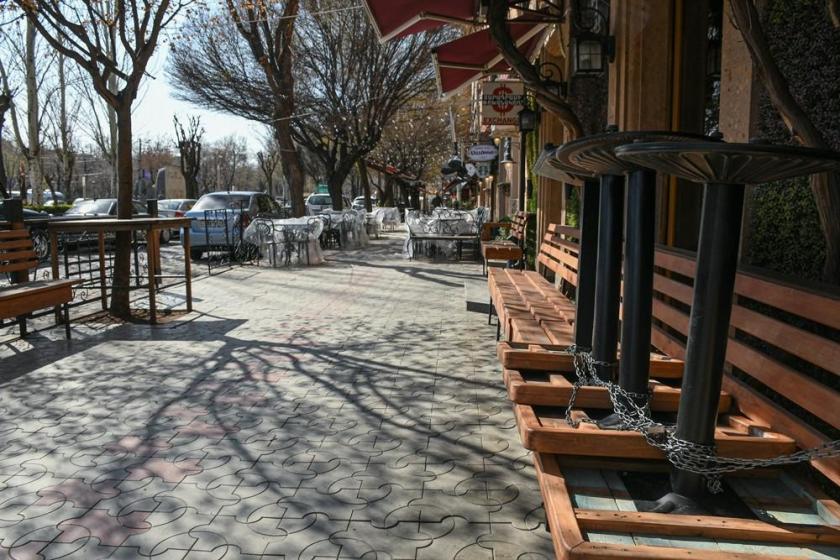
The negative impact of the coronavirus on the Armenian economy can be seen in official statistics.

Ex-deputy prime minister of Armenia, economist Vache Gabrielyan believes that the loan programs proposed by the Government to counter the economic consequences of COVID-19 are ineffective at this stage.
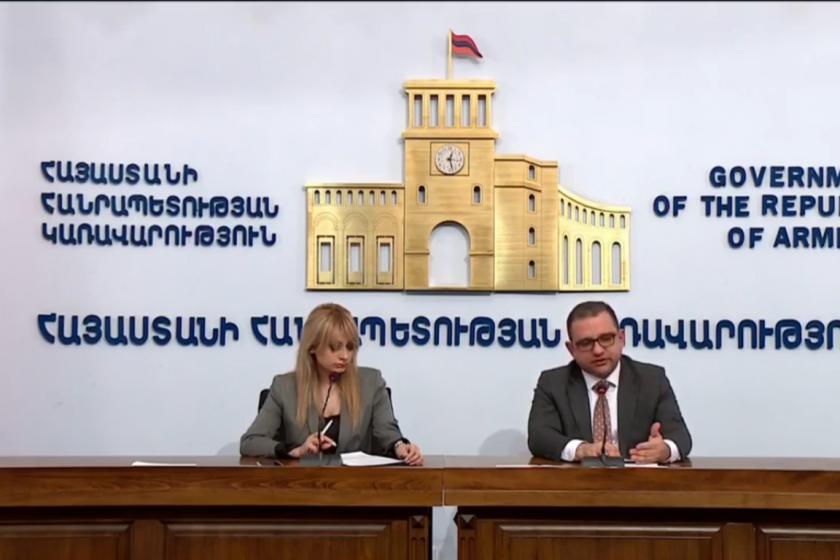
Armenian Minister of the Economy Tigran Khachatryan, at a Yerevan press conference today, said that the ongoing coronavirus crisis would result in significant losses to the country’s economy in 2020.